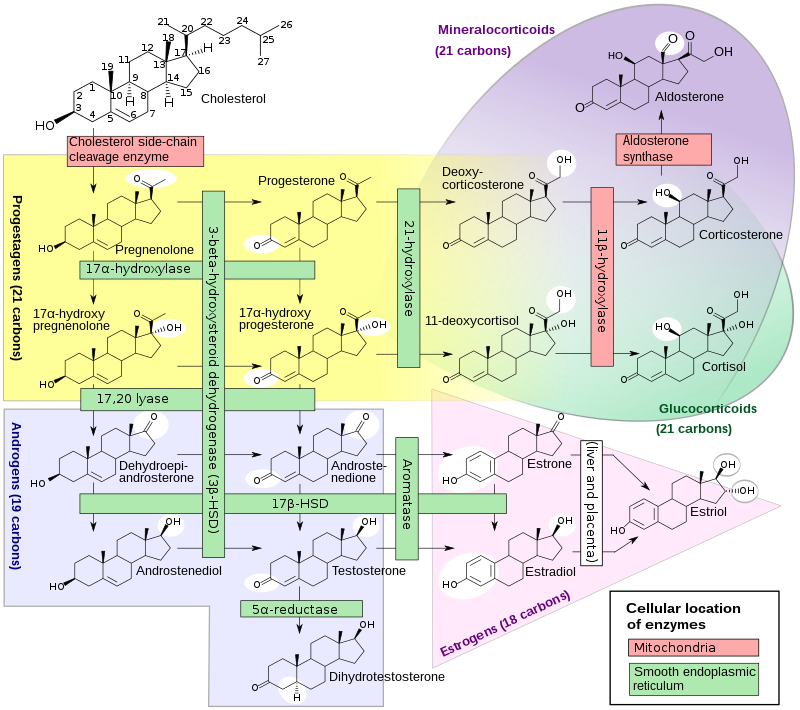| I'm aware of a few things that could be done with it. I must admit that I am slightly curious - from Chem Player's description, it sounds like the
substance would make an excellent flavoring for cakes and pies. What could possibly be more decadent than a bowl of piperonal-flavored homemade ice
cream.... I'm not quite curious enough to actually make some piperonal (seriously), but I completely respect the chemistry there, and I know a lot of
people are extremely interested in producing some. I'm just not. |







